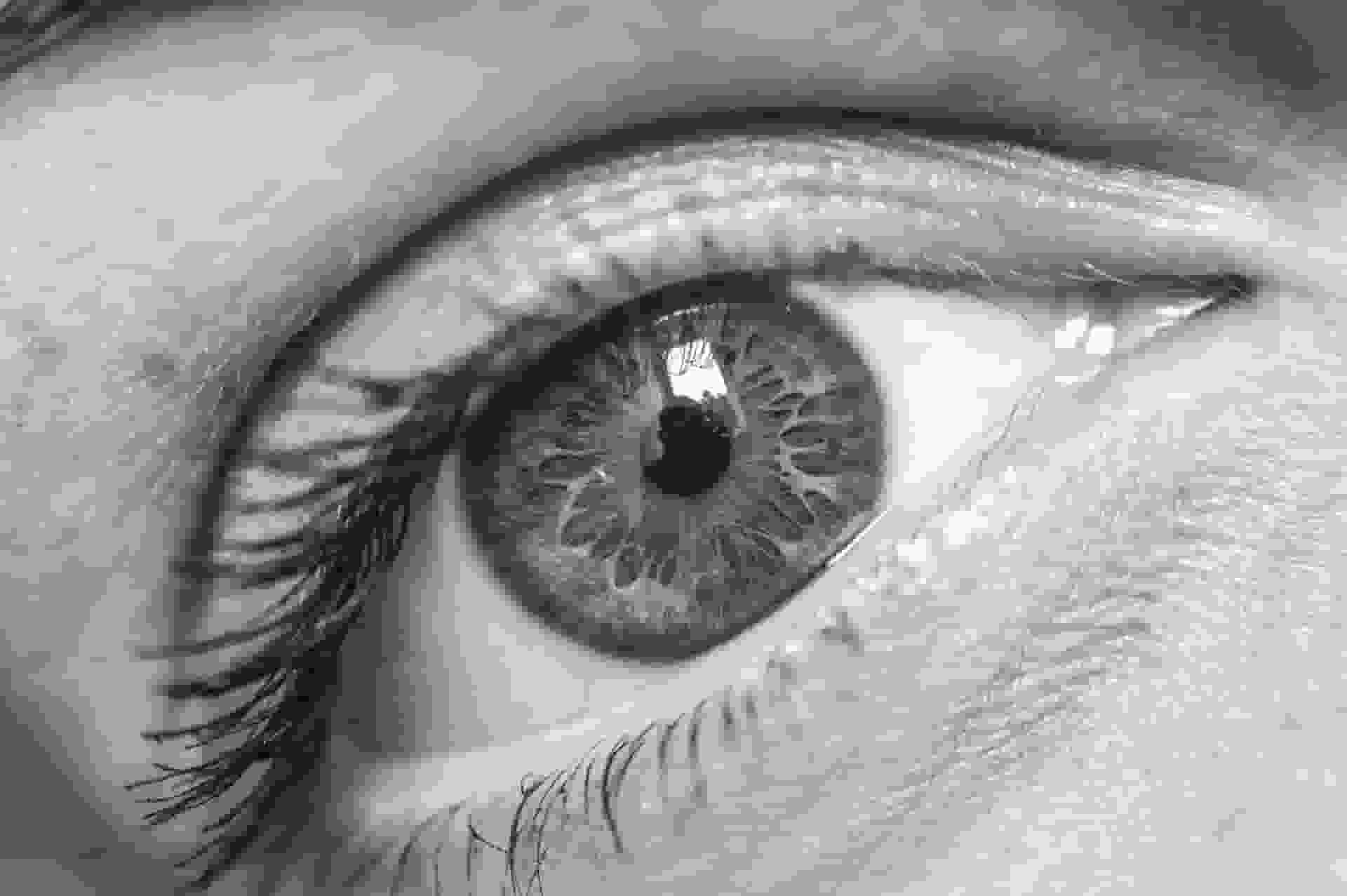
A recent study has revealed that lab-grown retinas may help people with injured eyes restore their vision, which can be heralded as a huge advance in the fight against blindness.
According to a press statement from the University of Wisconsin-Madison, scientists there discovered a means to create organized collections of cells, known as organoids, that resemble the retina, the light-sensitive tissue at the back of the eye, more than ten years ago.
Lab-Grown Retinas May Restore Vision
Working together, these photoreceptor cells unite with other cells to form the retina; a small layer of tissue at the back of the eye responsible for translating wavelengths of light into signals the brain interprets as vision.
Researchers want to be able to generate retinal cells outside of the body and use them to replace damaged or diseased eye tissues.
Organoids, which are cell clusters that self-organize into 3D shapes in the lab, were created in 2014 by the researchers, and they mimicked the shape and operation of a real retina.
By reprogramming human skin cells to function as stem cells, which were then stimulated to differentiate into several varieties of retinal cells, they were able to achieve this.
The organoids were produced by the lab of David Gamm, director of the McPherson Eye Research Institute and professor of ophthalmology at the University of Wisconsin-Madison.
Read more: Premature deaths can be lessen with variety of healthy eating patterns
Research Improvements

A recent study has revealed that lab-grown retinas may help people with injured eyes restore their vision, which can be heralded as a huge advance in the fight against blindness.“We wanted to use the cells from those organoids as replacement parts for the same types of cells that have been lost in the course of retinal diseases.”
The same group of researchers released findings last year demonstrating that retinal cells grown in the lab could react to various light wavelengths and intensities as well as reach out to other cells to form connections.
The ability of cells to communicate with one another via extensions known as axons, with a chemical signaling box known as a synapse forming a junction, is essential for functionality. One thing is to observe axons extending between cells. The team separated retinal cell clusters and observed how they reconnected to be sure that functional connections had been created.
After that, a rabies virus was injected, and after a week, it was shown to travel between the retinal cells, demonstrating the formation of synaptic connections.
This new study is “the final piece of the puzzle,” says David Gamm, the study’s principal investigator.
“We wanted to use the cells from those organoids as replacement parts for the same types of cells that have been lost in the course of retinal diseases,” says Gamm.
Read more: Human-approved asthma medicine successfully bring mice’s memory back!

